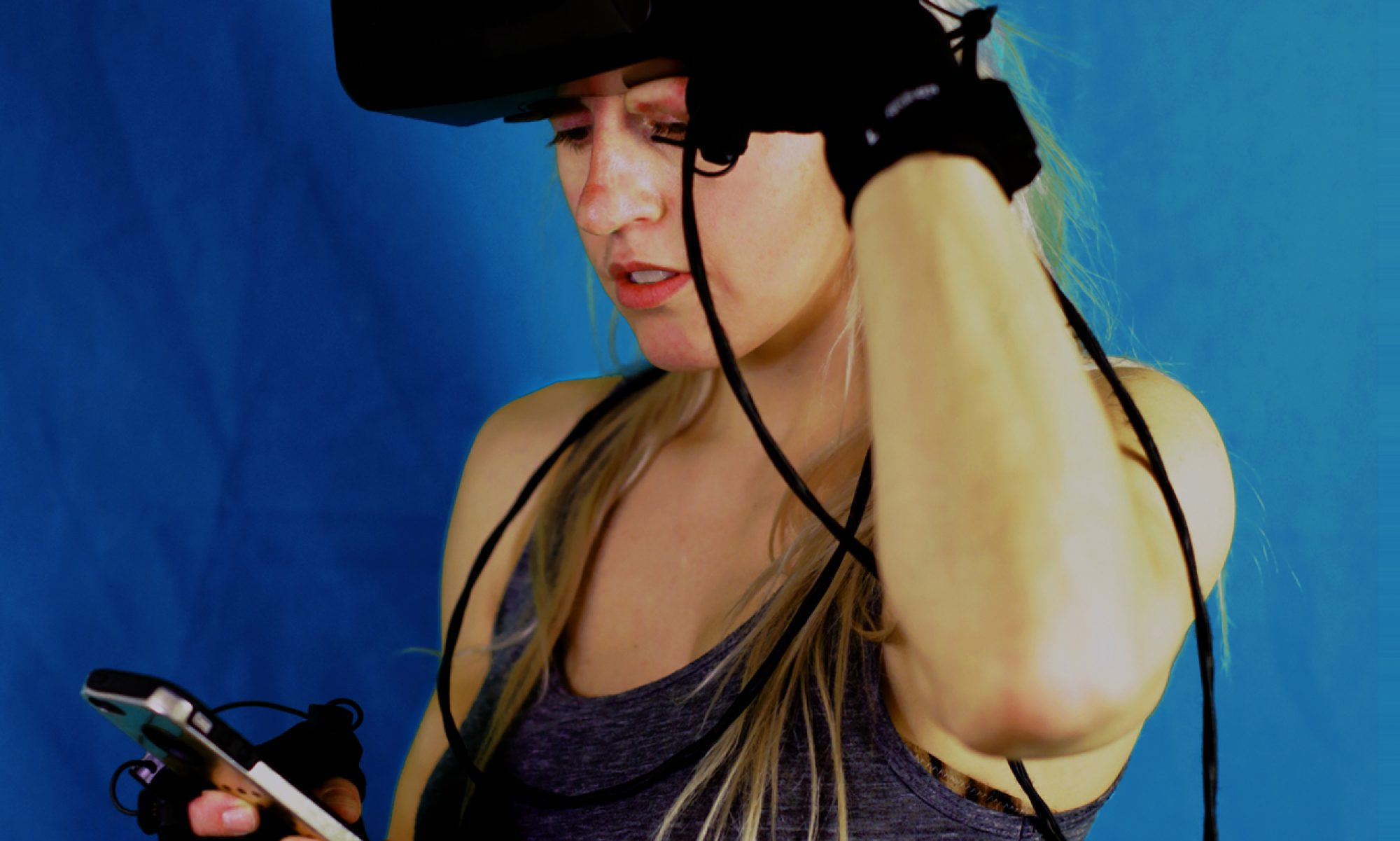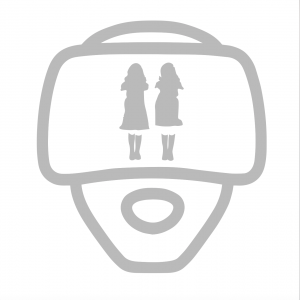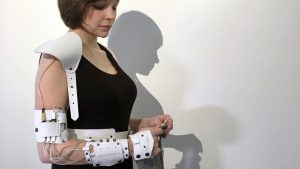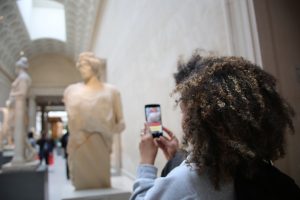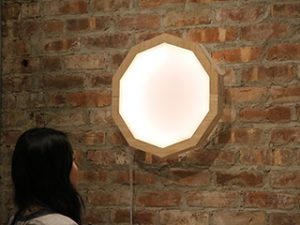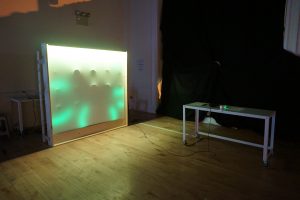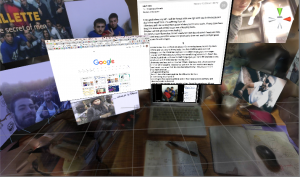Hub Uy
CropTXT is a network of sensors that aims to help farmers conserve water and at the same time, make farming more convenient.
Description
Rice yield potential has been slowly decreasing in the Philippines and other neighboring Southeast Asian countries in recent years due to climate change. The decline in yield is mainly attributable to the El Nino phenomenon, a drought affecting arable land for a minimum of 3 months, making water for agriculture increasingly scarce.
Rice culture requires a tremendous amount of water compared to other crops. According to the International Rice Research Institute (IRRI), it takes an average 5,000 liters of water to produce 1 kg of rice. It is estimated that by 2025, 15-20 million hectares of irrigated rice will suffer from some degree of water scarcity that will result in rice shortage all over South-East Asia. This shortage is a big issue for the Philippines and other neighboring developing countries that depend on rice – as a food staple, a source of income, or both.
CropTXT is a network of sensors that aims to help farmers conserve water and at the same time, make farming more convenient.
First, the farmer sticks wireless, GSM-based sensors on the ground. From there, the sensors analyze soil conditions and the amount of water the crops need. After irrigation, the water level will gradually decrease. When the water level has dropped to 15 cm below the soil surface, CropTXT will alert the farmer to re-flood the field. Once re-flooding of 5 cm is reached, CropTXT will again send another SMS to alert the farmer to stop irrigating.
According to IRRI, allowing the water in the field to drop 15 cm below the surface before irrigating again is called “Safe Alternate Wetting-Drying (Safe AWD).” The process of Safe AWD that CropTXT simulates will not cause any yield decline since the roots of the rice plants will be able to take in water from the saturated soil, and at the same time, resulting in 25% water savings.
Classes
Thesis
